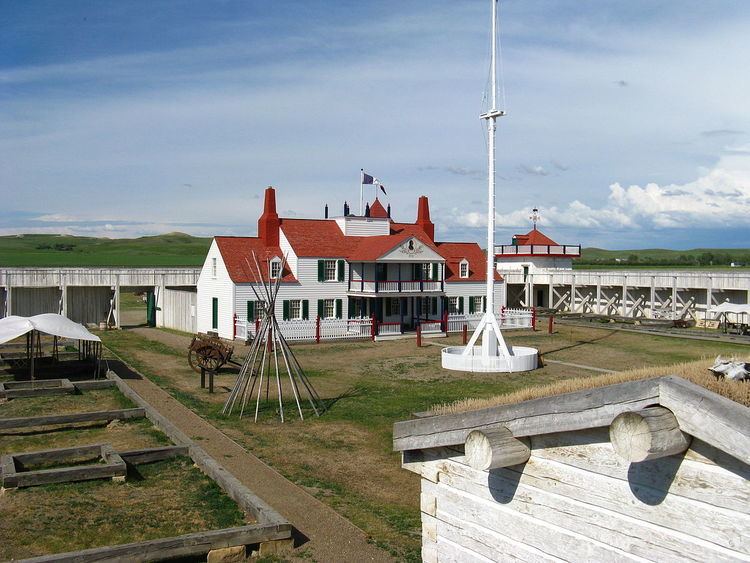Built 1828 Architectural style Greek Revival, Other Founded 1828 Phone +1 701-572-9083 | Visitation 16,940 (2005) Area 180 ha | |
 | ||
Address 15550 ND-1804, Williston, ND 58801, USA Hours Open today · 9AM–5PMWednesday9AM–5PMThursday9AM–5PMFriday9AM–5PMSaturday9AM–5PMSunday9AM–5PMMonday9AM–5PMTuesday9AM–5PM | ||
Fort union trading post national historic site
Fort Union Trading Post National Historic Site is the site of a partially reconstructed trading post on the Missouri River and the North Dakota/Montana border, twenty-five miles from Williston, North Dakota. It is one of the earliest declared National Historic Landmarks in the United States. The fort, possibly first known as Fort Henry or Fort Floyd, was built in 1828 or 1829 by the Upper Missouri Outfit managed by Kenneth McKenzie and capitalized by John Jacob Astor's American Fur Company.
Contents
- Fort union trading post national historic site
- Prairie places fort union trading post national historic site
- References
Fort Union was the most important fur trading post on the upper Missouri until 1867. It was instrumental in developing the fur trade in Montana. Here Assiniboine, Crow, Cree, Ojibwe, Blackfoot, Hidatsa, Lakota, and other tribes traded buffalo robes and furs for trade goods including items such as beads, clay pipes, guns, blankets, knives, cookware, cloth, and alcohol. Historic visitors to the fort included John James Audubon, George Catlin, Sha-có-pay, Father Pierre DeSmet, Sitting Bull, Karl Bodmer, Hugh Glass, and Jim Bridger.
The site was declared a National Historic Landmark in 1961 and was named Fort Union Trading Post by the National Park Service to differentiate it from Fort Union National Monument, a historic frontier Army post in New Mexico.
Today, the partially reconstructed Fort Union interprets how portions of the fort may have looked in 1851, based on archaeological excavations as well as sketches by contemporaries, including Rudolf Kurz, the post clerk in 1851.
